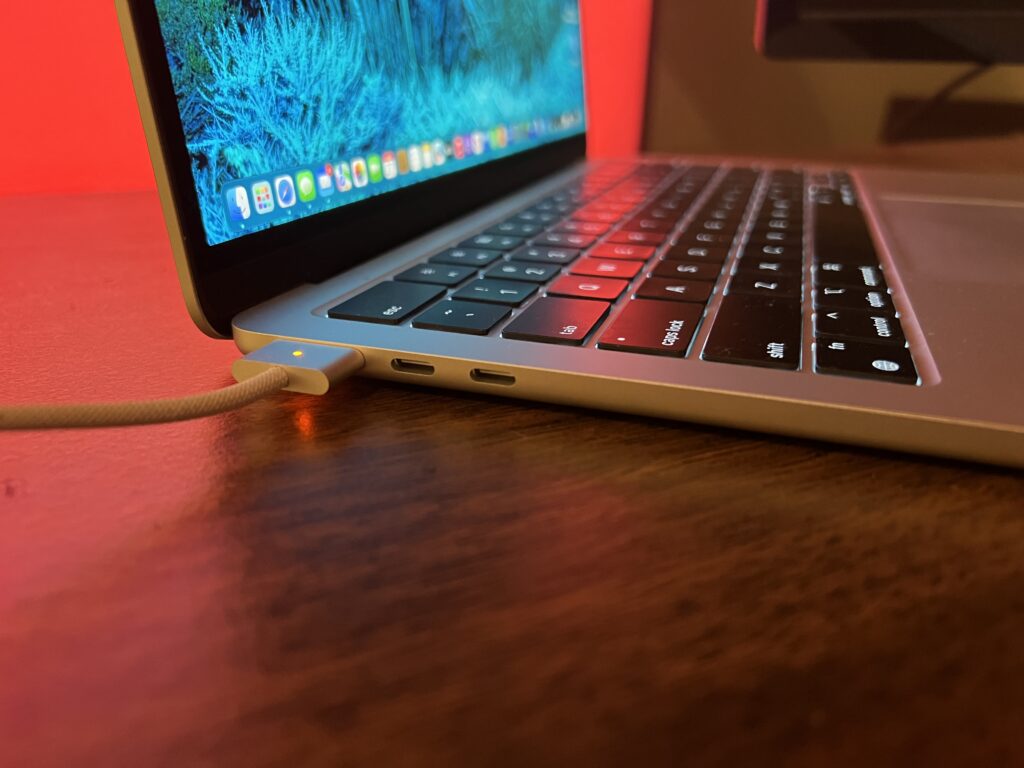How Do Thunderbolt 3 and 4 Compare to USB-C and Lightning? This Brief Beginners' Tutorial Explains the Differences.
Thunderbolt vs. Lightning vs. USB-C
Ports and connectors are easy to get confused with one another. Not only do they often have similar names, but they can look almost identical to each other. In this tutorial, I hope to clarify the differences between a few types of connectors that are often confused with each other: Thunderbolt (3 and 4), Lightning, and USB-C.
In particular, those of us who use Apple products might be particularly interested in learning the differences between these ports.
Lightning ports, which are proprietary to Apple, have been used on iPhones since the iPhone 5 (released in 2012). The most recent iPhone, the iPhone 14, still sports a lightning port even in its Pro Max edition. As for USB-C, recent Apple offerings have featured USB-C instead of Lightning, such as iPads starting in 2020 and new iPhone releases going forward after 2022.
Additionally, the brand-new 2023 Mac minis (and other new MacOS devices) feature Thunderbolt 3 or 4 ports rather than basic USB-C, which raises the question: what are all these things and how do I keep them straight?
It’s actually pretty straightforward, and you’ll have it figured out in no time. This will be a helpful rundown for those who would like to know the basic, practical differences rather than an in-depth technical review of their capabilities.
Pictures Showing Thunderbolt, Lightning, and USB-C Ports and Connectors
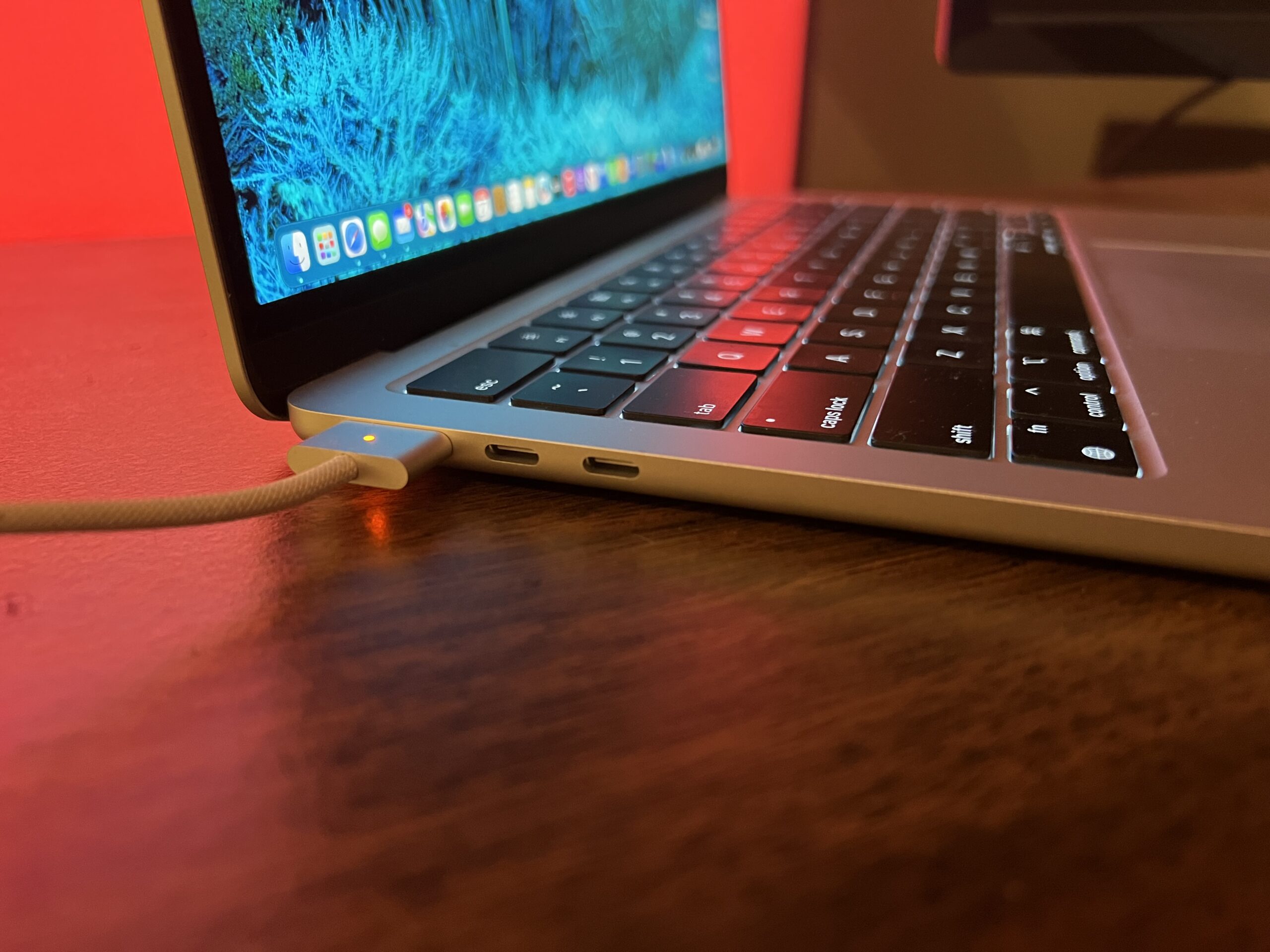

Thunderbolt 3/4 and USB-C Ports
These are Thunderbolt 4 ports as they appear on a 2022 M2 MacBook Air. Thunderbolt 3 and 4 ports are identical in size and shape to USB-C and are compatible with almost all USB-C devices. This is true regardless of the computer's manufacturer.
There is no reason to include a separate photo of non-Thunderbolt USB-C ports since they look exactly the same.
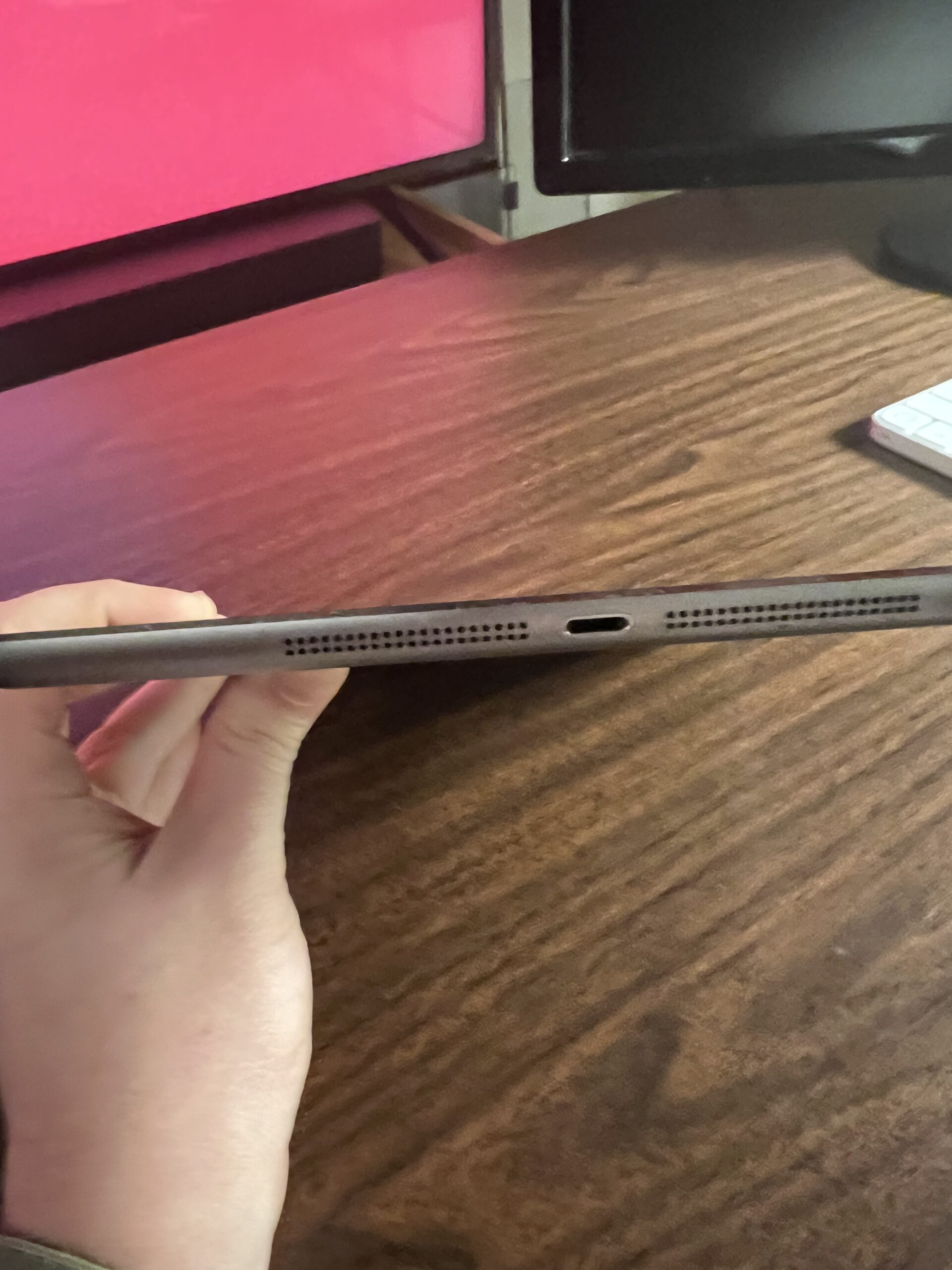

Lightning Port
Here is a Lightning port on an old iPad Air. It is slightly flatter than a Thunderbolt/USB-C port but has a similar oval shape. It is the same as the Lightning ports on iPhones today (early 2023).
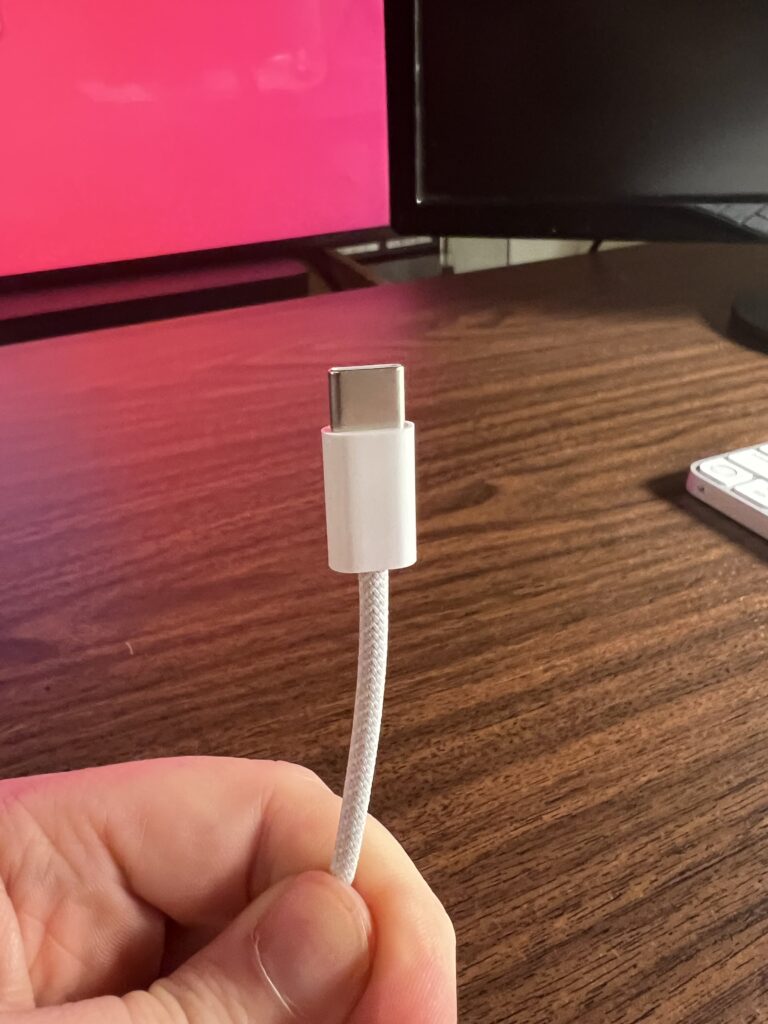

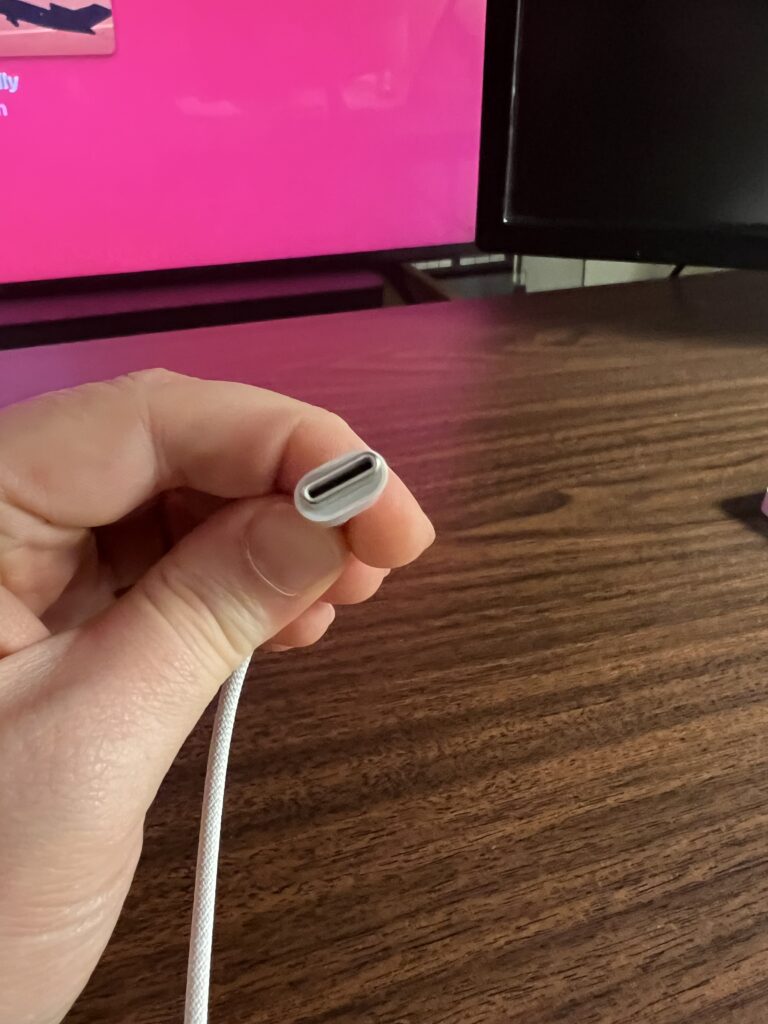

Thunderbolt/USB-C Connector
Connectors for Thunderbolt 3, 4 and USB-C ports are a simple oval shape. USB-C compatible devices can be used with Thunderbolt 3 and 4 ports.
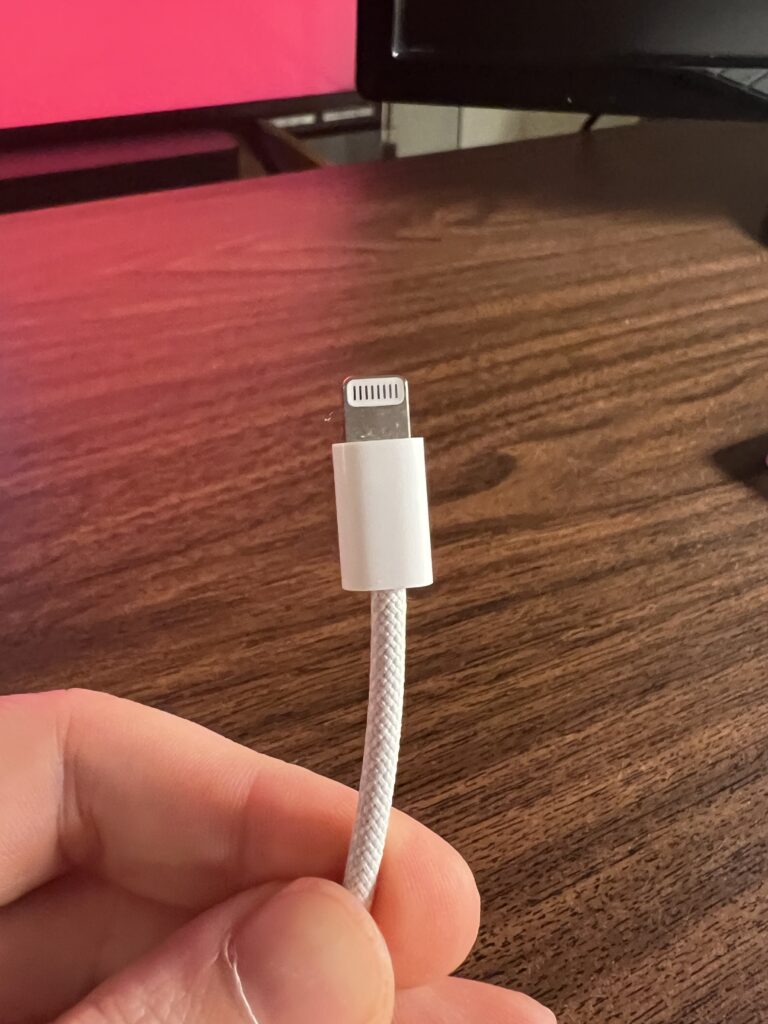

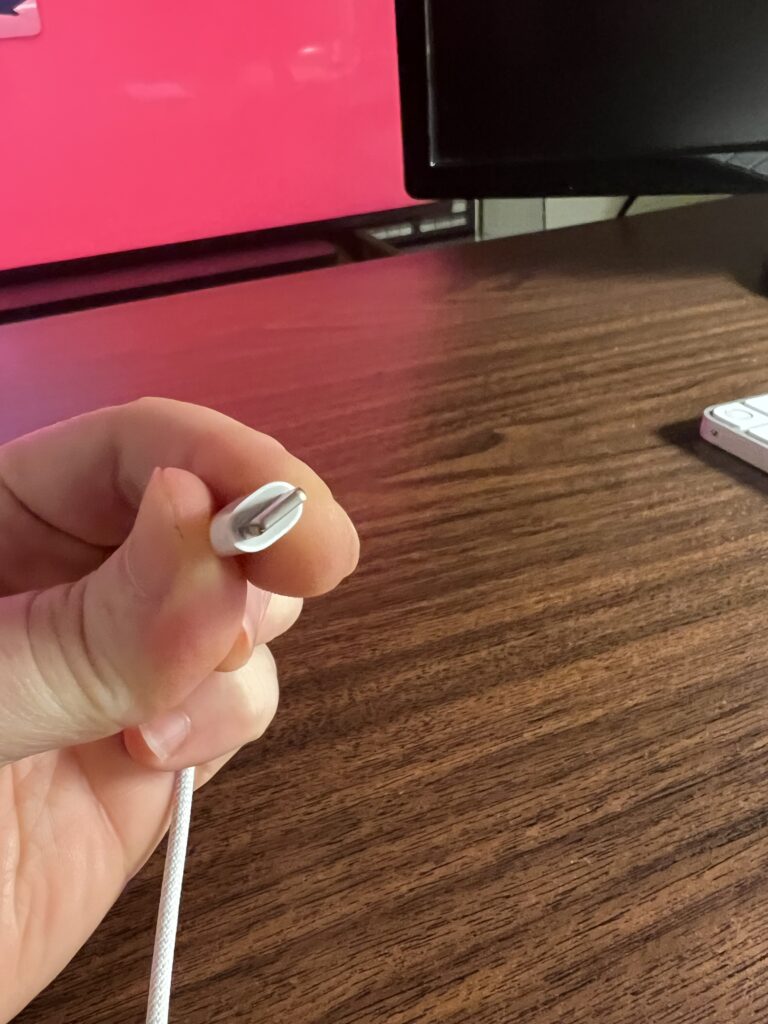

Lightning Connector
The exposed pins and flat shape distinguish the Lightning connector from its Thunderbolt and USB-C cousins.
Thunderbolt 3, Thunderbolt 4 and USB-C ports are all identical.
That’s because Thunderbolt 3 and 4 are just better USB-C ports with faster data transmission speeds. Thanks to their backwards compatibility, you can almost always use USB-C compatible devices with a Thunderbolt 3 or 4 port.
The Lightning port is the only one that looks a little different. While the connector has exposed pins that set it apart from the Thunderbolt/USB-C connector, the port itself looks pretty similar to a USB-C.
If you have an iPhone released between 2012 and this writing (February 2023), the port you use to charge your phone is a Lightning port. It can also be used to transfer data between your computer and iPhone.
Lightning is an Apple invention solely used by Apple. It was great for its time, but Apple has largely moved on here in 2023 (even if they have done so kicking and screaming).
Thunderbolt, on the other hand, was developed by Intel and is utilized on a lot of new laptops made by various manufacturers.
How Much Better is Thunderbolt 3/4 Than USB-C?
Thunderbolt 3 and 4 can both transfer data at 40 Gbps, almost twice as fast as USB-C. So, they are both quite a lot faster than plain USB-C or Lightning.
Since it’s backward compatible with pretty much any USB-C device, there’s really no reason to shy away from Thunderbolt 3 or 4.
Why is Apple Switching from Lightning to Thunderbolt and USB-C?
While USB-C and Thunderbolt are faster than Lightning, Apple’s motivation for finally switching to USB-C on iPhones in particular seems to have more to do with a European regulatory decision than technological considerations. The EU has mandated the use of USB charging for all mobile devices, essentially forcing Apple’s hand on the issue.
Regardless of Apple’s reluctance, this is likely a good step forward as USB-C ports are becoming standard and offer faster transfer speeds than their aging Lightning counterparts.
Apple has been incorporating USB-C ports on its Mac offerings since 2016.
In Conclusion
In short, Thunderbolt 3 and 4 are faster versions of USB-C and compatible with USB-C devices.
Lightning is a proprietary Apple connector that has exposed pins and is exclusive to Apple devices. However, Apple is quickly phasing out Lightning in favor of Thunderbolt and USB-C.
I hope that this brief tutorial has clarified the differences between Thunderbolt, Lightning, and USB-C. If you have any questions, feel free to reach out via our contact page, or email me at info@rojatech.com.
Thank you for reading!

